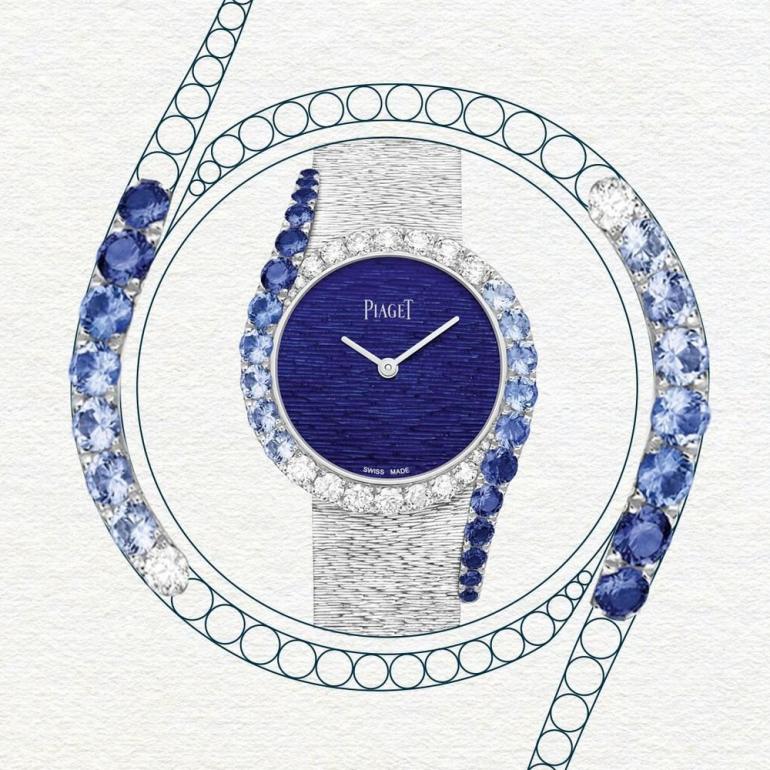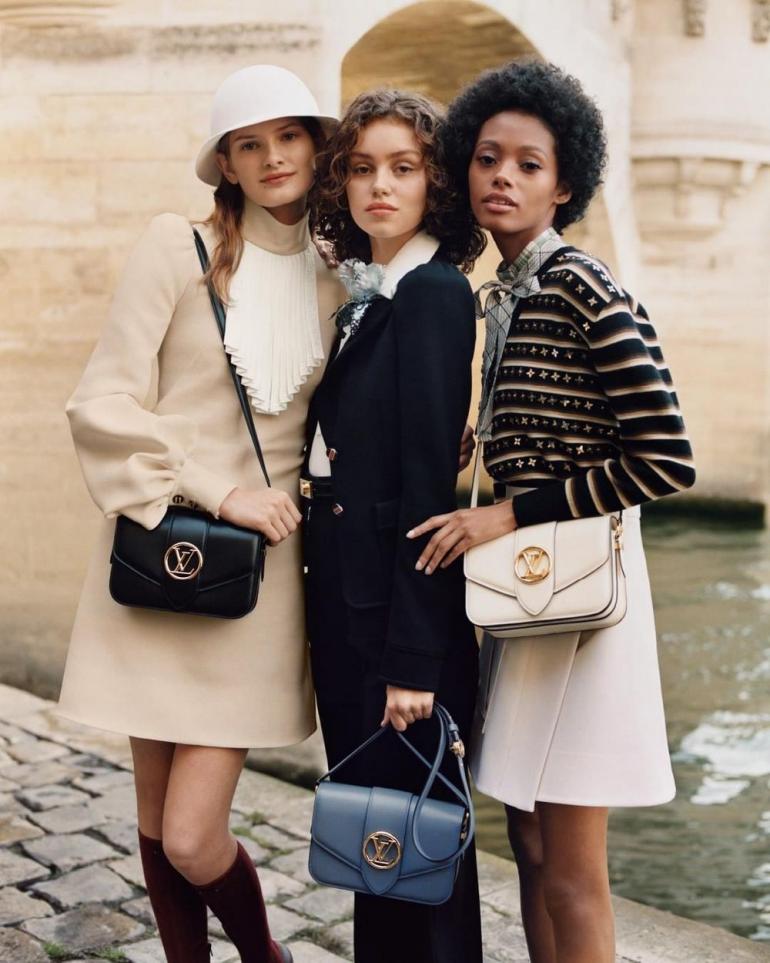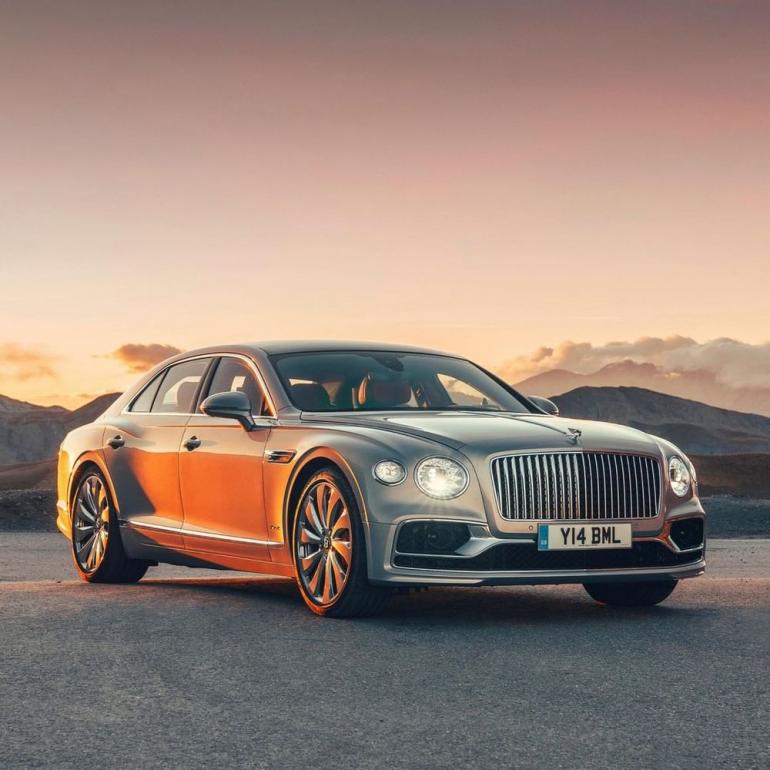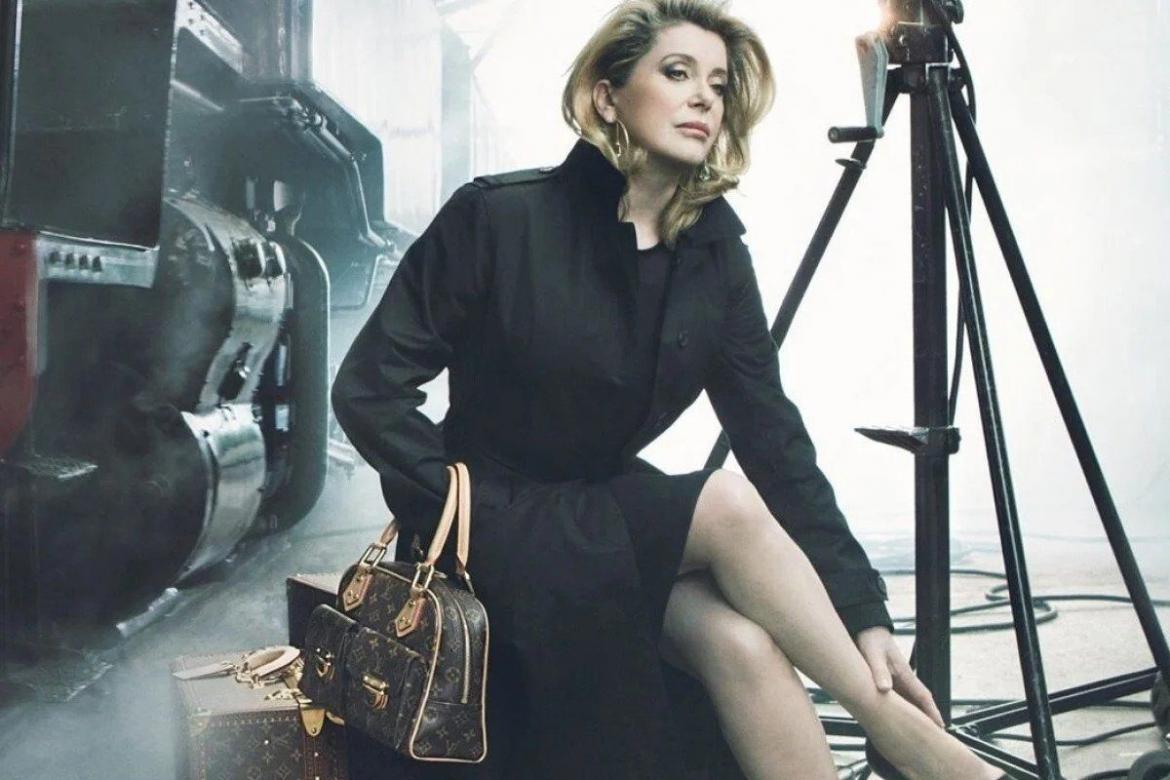Dior’s short dress with three-quarter sleeves has an asking price of US$8,700; a Chanel dress from the spring/summer collection 2020 will cost you around US$6,000; Audemars Piguet’s Sapphire Oribe wristwatch is priced a little shy of US$1 million; and to take Bentley’s flashy new Continental GT home, you’ll need around US$300,000 on hand if you want to add a few personal touches to the car.

The question is: why? Why do people pay the enormous price premiums for luxury brands? It turns out that research on the topic is extremely scarce. A decade ago, when you wanted to understand why people buy luxury, the standard answer was, that “it is about status” – to impress others. Still today, most people perceive luxury as exactly this: over-expensive and mainly bought to signal power. But what if this answer is too simple? What if there are other hidden reasons?

I decided early in my career to decode luxury and uncover the drivers of luxury consumption. I was convinced that understanding them would open dramatic, new opportunities to manage luxury brands in a much more profitable, precise and successful way. This was much needed, as very few luxury brands are successful over time. Many of them struggle to balance growth, exclusivity and profitability, leading to catastrophic mistakes in managing brands.
One of the most common illusions is following the easy growth trap, where companies initially launch as a luxury brand, and then rapidly introduce cheaper products at much higher quantities. They hope that they can trickle down the brand equity and sell high volumes of “affordable luxury” items. The reality is grim: many of these brands become one-hit wonders, live for a few years and then die.
The main shortcoming: they confuse “expensive” and “status” with luxury and don’t understand that consumers only pay high price points if the brands generate extreme value in a consistent way. Shifting efforts to affordability, they compromise on extreme value creation, and soon are out of business. The list of brands that self-eliminate is endless.
So how do brands create extreme value? Let’s look at a study I conducted to dissect the hidden drivers of luxury. We asked study participants to evaluate a person in a luxury setting compared to one in a “normal” setting. As an example, a woman was wearing a dress. Half of the respondents were told that the dress is from Chanel, the other half told it was from H&M. We Photoshopped another woman into both a Bentley and into a Volkswagen. A man was wearing a Patek Philippe in one setting and a Swatch in another. Study participants were told to evaluate the person against a set of descriptors.

The answers were mind-blowing. The luxury context was always dramatically more positive than the normal context. Among other results, two dimensions stood out: attractiveness and expertise. The same woman was seen as significantly more beautiful, even as a head-turner, when she was in the Bentley, while she was just moderately attractive in the Volkswagen. When respondents were told that the woman was dressed in Chanel, they assumed that she was much smarter, including the ability to play the piano or the assumption of higher education. She was also more attractive. Likewise the woman in the Bentley was perceived as having a much higher level of expertise. The results were similar for the man wearing the Patek.
The study indicated that people have a fine antenna for luxury. When they place someone (including themselves) into a luxury setting, they perceive the person as smarter and more beautiful. We found both dimensions to be among the most significant value drivers for luxury purchases, even if they are only intuitively understood. In other words, the extreme value of a luxury brand is not in the products and its features, but in the ability to make people feel more attractive and smarter, to highlight two of the hidden factors of luxury. This explains why people pay several thousand dollars for a dress and several hundred thousand for a watch or a car. A luxury handbag can indeed be a substitute for plastic surgery or a PhD – at least in people’s perception. And this creates extreme value. Something to think about next time when you consider buying a luxury good.
Note: This story was originally published on SCMP and has been republished on this website.

